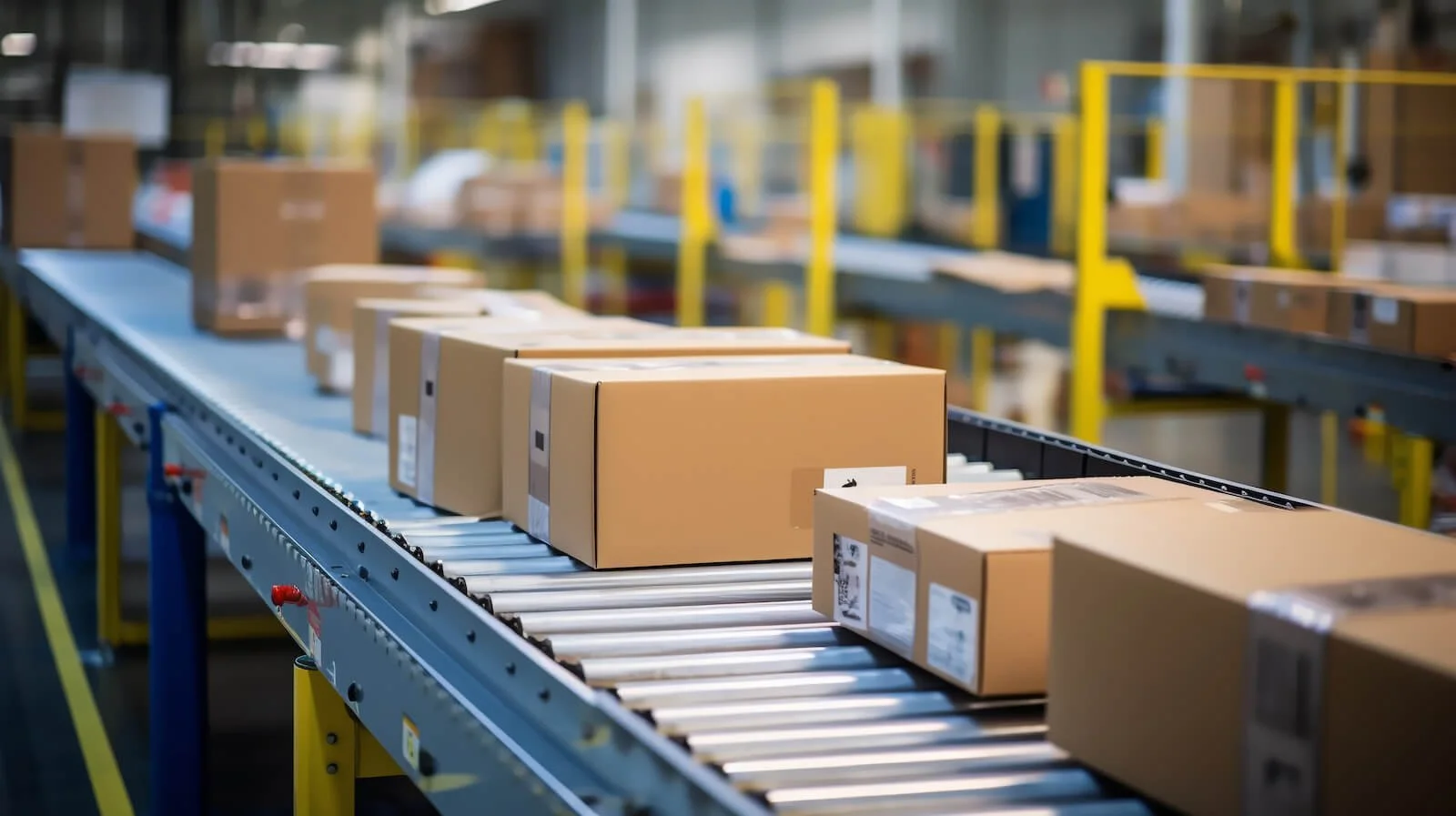Understanding Omni-Channel Distribution
Omni-channel distribution is about offering customers a seamless shopping experience across various channels, be it online or in-store. This approach integrates different sales channels to create a unified shopping environment. Key points to understand about omni-channel distribution include:
Customers demand a consistent experience across all channels.
The focus is on convenience and flexibility for shoppers.
Inventory management plays a crucial role in ensuring products are available in all channels.
Technology is essential for coordinating orders and tracking inventory accurately.
In summary, omni-channel distribution aims to meet customer expectations by providing a connected shopping experience wherever and whenever they choose to shop.
Importance of Flexible Warehousing in Retail
Flexible warehousing plays a vital role in modern retail by providing the agility needed to meet the demands of omni-channel distribution. It allows retailers to adapt quickly to changing consumer preferences and market trends, ensuring efficient inventory management and seamless order fulfillment. With flexible warehousing, retailers can optimize their supply chain operations, reduce costs, and enhance customer satisfaction by offering quick and accurate deliveries. The ability to scale operations up or down as needed makes flexible warehousing a valuable asset in the dynamic retail landscape.
Flexible Warehousing Solutions
Flexible warehousing solutions refer to adaptable storage options that can accommodate the varying needs of modern retail distribution. These solutions enable retailers to efficiently manage inventory levels, improve order fulfillment processes, and enhance customer satisfaction. Key benefits of flexible warehousing include increased operational agility, optimized space utilization, and cost-effective storage management. By leveraging these solutions, retailers can effectively navigate the complexities of omni-channel distribution and stay competitive in today's rapidly evolving retail landscape.
Advantages of Flexible Warehousing
Flexible warehousing provides several benefits for retailers looking to streamline their operations. Here are some advantages to consider:
Adaptability: Warehouses that are designed to be flexible can easily adjust to changing market demands and seasonal fluctuations.
Cost-efficiency: By utilizing space more effectively and reducing unnecessary overhead costs, flexible warehousing can help retailers save money.
Improved inventory management: By quickly scaling storage capacity up or down as needed, retailers can better manage their inventory levels and reduce stockouts.
Enhanced customer service: Flexible warehousing enables faster order processing and fulfillment, leading to improved customer satisfaction and retention.
Optimized logistics: By strategically locating flexible warehouses, retailers can improve their supply chain efficiency and reduce transportation costs.
Integration of Technology in Flexible Warehousing
Technology plays a pivotal role in the integration of flexible warehousing. Automated systems such as robotics and artificial intelligence streamline operations, enhancing efficiency and accuracy. Warehouse management software enables real-time tracking of inventory, improving inventory control. Barcode scanning and RFID technology ensure seamless stock management, reducing errors in the supply chain. Automated storage and retrieval systems optimize warehouse space utilization, facilitating quicker order fulfillment.
Efficient Inventory Management Practices
Utilizing advanced technology systems like RFID can greatly improve inventory accuracy and visibility. This allows retailers to track items in real time, minimizing out-of-stock situations and reducing overstocking. Just-in-time inventory management is a popular strategy that involves having products delivered only when needed, reducing warehousing costs and the risk of holding excess inventory. Cross-docking is another efficient practice where items are unloaded from incoming trucks and immediately loaded onto outgoing trucks, minimizing storage time and costs. Efficient inventory management practices like these can streamline operations and enhance overall supply chain efficiency.
Optimization of Warehouse Operations
To optimize warehouse operations means making them as efficient as possible. Flexible warehousing allows retail companies to adapt quickly to changing needs, like handling online orders alongside in-store inventory. With flexible warehouses, businesses can better manage inventory, reduce costs, increase speed in fulfilling orders, and improve overall customer satisfaction.
Impact of Flexible Warehousing on Retailers
Flexible warehousing allows retailers to adapt quickly to changing market demands and customer expectations. With flexible warehousing, retailers can efficiently manage their inventory across different channels, such as online and physical stores. This approach improves order fulfillment speed and reduces shipping costs, ultimately enhancing the overall customer experience. Retailers leveraging flexible warehousing are better equipped to meet the demands of omni-channel distribution and gain a competitive edge in the evolving retail landscape.
Challenges and Solutions in Omni-Channel Distribution
One common challenge in omni-channel distribution is achieving seamless coordination between online and offline sales channels. To overcome this, retailers are turning to flexible warehousing solutions. These warehouses are equipped to handle the complexities of fulfilling orders from multiple channels efficiently and rapidly. By utilizing advanced technology and strategic inventory management, retailers can improve inventory accuracy and order fulfillment speed, ultimately enhancing the overall customer experience.
Future Trends in Retail Warehousing
Retail warehousing is evolving rapidly to keep pace with the changing demands of consumers. Flexibility is becoming key in the future of retail warehousing, allowing for seamless adaptation to the dynamic needs of omni-channel distribution. Here are some emerging trends to watch out for:
Automation: More warehouses are introducing automation technologies like robotics and AI to enhance efficiency and speed in handling orders.
Micro-Fulfillment Centers: Compact fulfillment centers located closer to urban centers are gaining popularity for faster delivery.
Sustainable Practices: Retailers are increasingly focusing on eco-friendly warehousing solutions to reduce their environmental impact.
Data-Driven Operations: Leveraging data analytics to optimize inventory management and streamline operations is becoming a norm in retail warehousing.
Increased Collaboration: Retailers and logistics companies are collaborating more closely to improve the overall efficiency of the supply chain.
Keeping an eye on these trends will be crucial for businesses looking to stay competitive in the rapidly changing retail landscape.
Verde Fulfillment USA has 11 fulfillment centers in six cities across the US. We help hundreds of brands with their direct-to-consumer orders, B2B retail orders, and large distribution center orders to some of the largest retailers in the country. If you would like to learn more about our capabilities and how we can help your brand grow, reach out to us. We’re always happy to help! Click Here



















